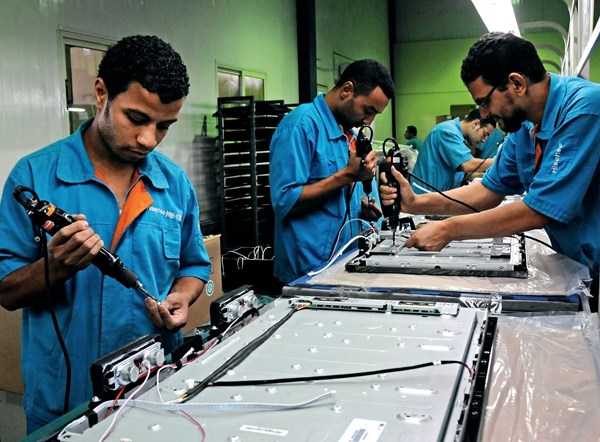Global economic recovery since the international financial crisis of 2008 lacks momentum, while growth of international trade remains sluggish. Accelerated economic globalization and regional economic integration have wrought profound adjustments to the pattern of global trade and investment. For the countries that have reached a critical stage of economic transition, the need to spur on regional development and cooperation is now vital.
The population of countries along the Belt and Road exceeds 4.4 billion, accounting for 63 percent of the global total. Their economic scale now stands at US $21 trillion, accounting for one third of global GDP. The radiation effect of cooperation along the Belt and Road will thus profoundly influence world economy, politics and culture, bringing brand new development opportunities for countries throughout the world.
Huge Cooperation Potential
The Institute of Industrial Economics of the Chinese Academy of Social Sciences released in February its Annual Report on China's Industrial Competitiveness (2016).

Southeast Asia, according to the report, is one of the world's most dynamic economic regions. In recent years countries there have enhanced their industrial competitiveness. Other than Singapore, however, the competitive edge of countries in the region mainly consists in low-end fields such as agricultural products and minerals. Although trading ties between China and Southeast Asia are growing stronger, deep cooperative development and industrial transfers are still lacking. From the perspective of resource endowment, industrial structure, and developmental level, there remains huge production potential for their promotion of trade cooperation via production capacity cooperation.
Among countries along the Belt and Road, China's level of industrialization is relatively high; it ranks 15th in that respect out of a total of 58 countries. Different stages of industrialization form three different competitive industries in three different grades, namely, technology-intensive and high value-added industries, capital-intensive industries, and labor-intensive industries. The industrial upgrading of first-grade countries is needed to drive the industrial upgrading of second-grade and third-grade countries, thus forming mutually complementary capacity cooperation.


















































